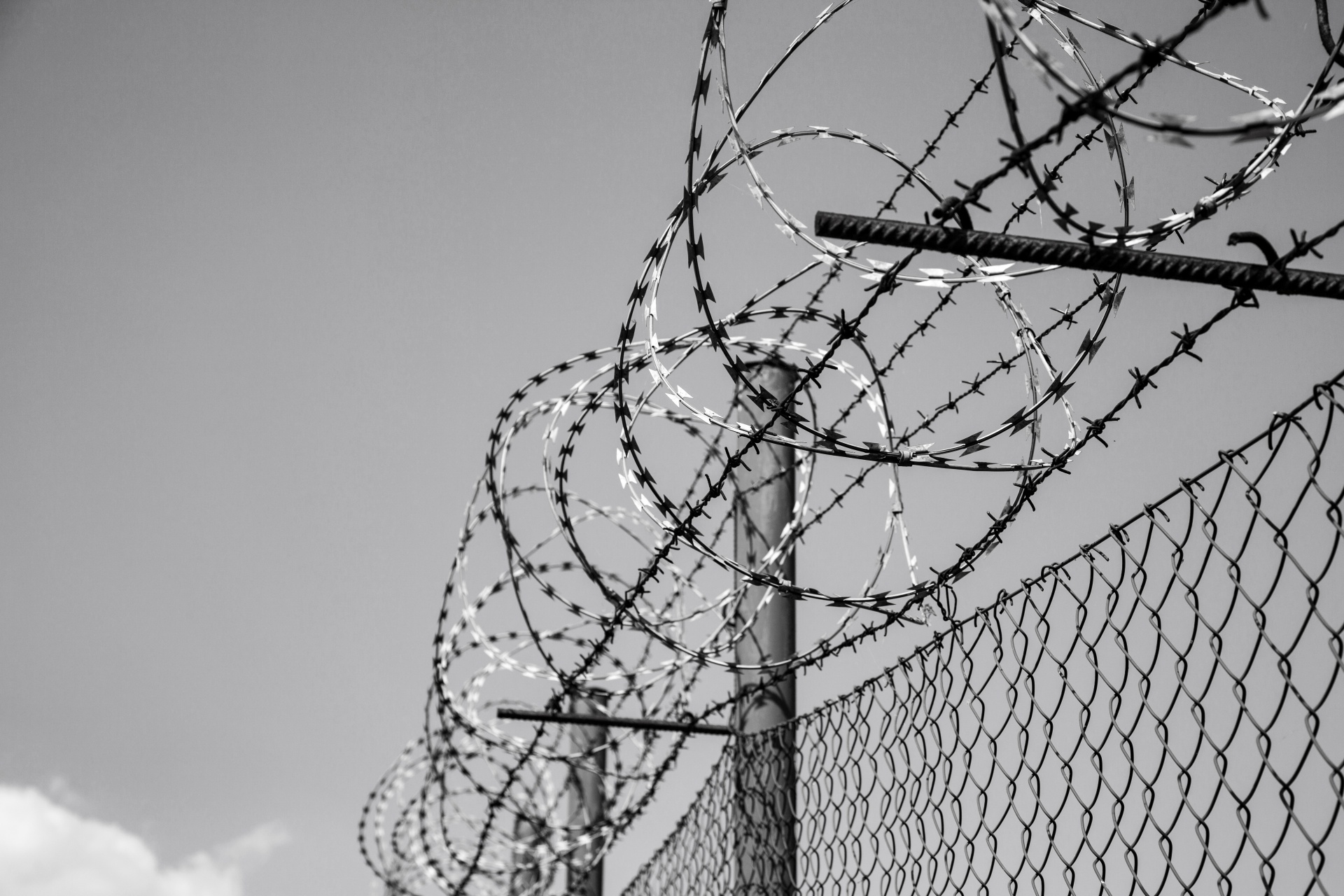The conclusions that Aurora Mayor Mike Coffman has drawn after going undercover in Denver’s homeless camps and shelters are spot on, and those who disagree should have the courage to risk their lives the way he did to find that out for themselves. After spending a week in shelters and unsanctioned homeless camps, Coffman believes the unsanctioned camps are a result of a “drug culture,” and that the shelters are enabling this “lifestyle” of dependency. He has received much criticism from Aurora and Denver community leaders who think these views are a misconception on his part. As the parent of one of those young, meth-addicted homeless people, I can say that the true misconception is that the majority of homeless people want help but that they have nowhere to go and lack the resources to get on their feet.
According to my homeless daughter, that is just not true. Mallory would rather live on the streets of Denver than at home with her family or in a sanctioned homeless camp, simply because she wants to use drugs. She has housing options if and when she wants to turn her life around, but she has no interest in seeking help for her mental health and substance abuse issues. Make no mistake, like Coffman says, this is a lifestyle choice she is making.
We invited Mallory and her dog to stay with us for most of December rather than worrying about her living on the streets at Christmastime. She took us up on the offer, as she has done in the past, but as always, she left the comfort of our home after a few weeks to seek out drugs. She has always had the option to live with us with the conditions that she get a job and commit to sobriety. She doesn’t have an issue with getting a job, but getting clean is too much to ask. She says we should accept her for who she is, drug addiction and all, and she doesn’t understand why we won’t allow her to shoot up in our home in the room next to our teenaged son.
After Christmas, Mallory was also given the opportunity to live at the new sanctioned women’s camp at the First Baptist Church on Grant Street in Denver, but she chose not to. In fact, she hung up on the woman who manages it because she was not interested in hearing about their mental health and substance abuse services, and she was upset that there was no doggie daycare as she had been previously told. Mallory has lined up a couple jobs in the last few months but hasn’t been able to actually go to them because she says she has no one to take care of her dog. If she lived with us and got a job nearby, we would watch her dog. That’s not her problem. Drugs are the problem. She thinks she can be a “functioning drug addict” and hold down a job, but we have seen firsthand that is not the case.
In Mallory’s ideal scenario, someone would give her a free place to live where she could shoot up meth, no questions asked. She has no trouble finding free food for herself and her dog at various shelters and free needles at the Harm Reduction Action Center. People who think they are helping her by giving her spare change provide her with plenty of money for drugs.
We’ve been trying to help Mallory with her mental health and substance abuse issues for the last seven years, and everywhere we’ve turned for help, we’ve been told, “We can’t help her if she doesn’t want help.” When she was a teenager, we found this answer unfathomable and unacceptable. Surely there was something someone could do to help her. Instead, we were led down a rabbit hole of residential facilities and juvenile detention centers that just exacerbated all her problems. Now that she is twenty-one, and after seven years of hell, we finally understand. We will always be here to help her when she is ready, but there’s nothing we can do for her until then.
I imagine the taxpaying people of Denver don’t want to hear this either and are feeling equally frustrated that there doesn’t seem to be workable solution to these unsafe homeless encampments. Sweeps aren’t working. The homeless just find a new place to set up camp, and it becomes a costly never-ending cycle. I also believe that if Denver adds more sanctioned homeless camps before evaluating their effectiveness, we will see them sit empty in the near future. I once asked my daughter what percentage of the homeless she thought wanted help getting back on their feet versus what percentage of the homeless are addicted to drugs and don’t want help getting clean. She believes only five percent of Denver’s homeless population actually want help getting off the streets, and an overwhelming 95 percent just want to be left alone to do their drugs.
The sanctioned camps may be a blessing for those who genuinely want help, but the people who desperately want help are not the people who are creating the unsafe conditions on the streets of Denver. The drug addicts who aren’t interested in getting clean and don’t like the rules at the shelters and sanctioned camps are the issue. And unfortunately, they are the majority.
With stabbings and shootings having occurred at these camps and shelters in the past, Coffman is lucky that all he lost during his week on the streets was his backpack. Instead of criticizing him for putting his life on the line to actually try to find some answers, maybe Aurora Councilmembers Crystal Murillo who called it a “publicity stunt” and Alison Coombs who says he “is not listening to the experts on this issue,” along with Denver Councilmember Candi CdeBaca who thinks “the only solution to homelessness is housing,” should spend some quality time at the camps speaking to the real “experts” on homelessness, like my daughter. Sure, she would love for you to provide her with free housing, as long as there are no strings attached. But if you do that, you might as well load up the syringe for her because she will never have any motivation to get sober.
Homelessness won’t end if we don’t treat the root causes of mental illness and substance abuse, and we can’t do that without the buy-in of the person being treated. If we could, Mallory would be a happy, healthy, young woman by now. I don’t know what the solution is, but I do believe we need to stop enabling those who don’t want help turning their lives around and just want a handout so they can continue living their drug-addicted way of life.
In response to those who think they are helping people living on the streets by giving them food and money, Coffman hit the nail on the head when he said, “I would say you’re hurting these people. You’re really prolonging what is really a negative lifestyle that is going to eventually kill these people.” We keep hoping Mallory will get tired of living this way before she becomes an overdose statistic, but as long as people keep making it easier for her to maintain her lifestyle, it’s a very real possibility we worry about every day.

